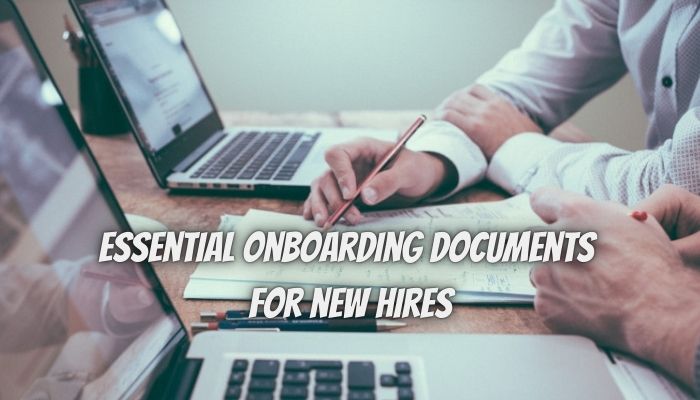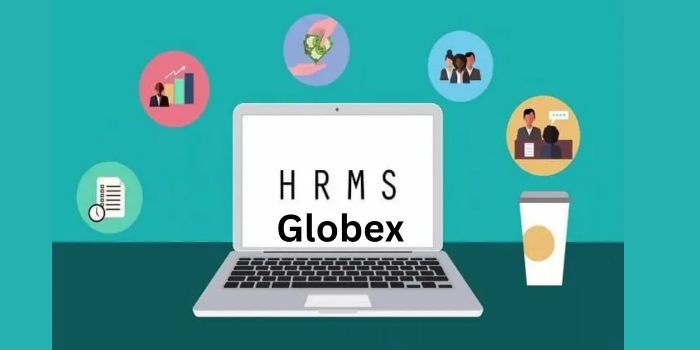A person enters the labor force when hired by a company or organization. The employee must begin onboarding before being officially counted as part of the company’s current human resources. Adding a new worker is always met with enthusiasm in any business. The catch is that a mountain of paperwork must be submitted. As part of the formal onboarding process, new hires must read and sign a stack of paperwork. Formal documentation and company-specific files alike are all part of the onboarding package. It is important to get responses to these documents from new hires as soon as possible after they start working for your company, regardless of their purpose. This article will define onboarding documents and outline the documentation that should be available to new hires.
The quality of the onboarding documents you provide to new hires on their first day of work is an integral part of any onboarding process, whether offline or online. All new hires must read and sign these forms before beginning work. They may need to complete government paperwork or keep track of documents unique to their position or your company. Having the proper documentation for new hires will help them get off to a good start and integrate more easily into your company’s culture, in addition to satisfying legal requirements.
Employment Application:
Job applications are the initial formality in the hiring process. This form may appear unnecessary, but having your personal information, employment history, and education available in case of problems is essential. It is vital to have this record to show that you complied with any local, state or federal laws that may require you to make certain disclosures on a job application. All new hires need to sign this document to confirm the data presented and give their permission to do a criminal record check. Remember that submitting a résumé isn’t enough to guarantee a job; this form must also be included. After a year, you can get rid of this paper and any notes or other facts recorded during the hiring process.
Contract of Employment:
Despite common misconceptions, an offer letter and an employment contract are two entirely different things. This agreement is more official and spells out the rights, duties, and terms of employment for both parties. While many pre-made agreements are available online, it’s best to have an attorney specializing in employment law write an agreement that fits your needs. Because of the importance of getting the details right in a legally enforceable contract, it’s recommended that you have an attorney draught your employment agreement.
Read here : Top 10 Ideal Document scanning Apps to use
Structure of the Company:
New employees must know their place in the organization from the very beginning. Providing them with a copy of your company’s organizational chart is the easiest approach to do this. Organizational charts outline the functions, reporting relationships, and other internal workings of a firm or other group. Reading this will give them a clearer picture of who they report to and who reports to them.
Handbook for Workers:
Your company’s policies, processes, behavior codes, benefits, and expectations are all documented in a handbook, often called a policy and procedure manual or an employee manual. On their first day, new employees should be given a copy of this document, which serves as the company’s final authority document. Furthermore, this document must be readily available to all employees. The employee handbook can be written in several different ways. For instance, full-time versus part-time workers or those considered “exempt” from overtime pay may require different forms. Doing so can help everyone understand their part better.
Tax Forms:
Verifying a new hire’s eligibility to work is only the beginning of the paperwork required by the government. So that you can handle payroll in a timely and accurate manner, your staff must complete Form W-4. Employees can tell their employers how much money they need to have withheld for federal income taxes by filling out a W-4 form. New hires should complete this form as soon as possible so their company can use it to calculate their first paycheck. For state and local income tax withholding, some states have their versions of Form W-4, while others stick with the federal form. While the IRS doesn’t demand the submission of these papers regularly, employers should keep them on file in case they’re ever requested. A completed W-4 form must be on file for at least four years after the due date or until all applicable taxes have been paid.
Compensation and Benefits:
Payroll and benefits documentation is the final mandatory item in your onboarding package. The first step in paying your new employees is to collect the appropriate data. It is common practice to provide new hires with a direct deposit form if direct deposit is an option for employee compensation at your company. Use this paper to collect recruits’ banking details for direct deposit to guarantee on-time first paychecks. Consider including a benefits brochure with the offer letters to inform prospective recruits of any additional benefits they may be eligible for. Benefits packages may include medical coverage, career advancement opportunities, and savings plans for later life.
Conclusion
Despite the mountain of paperwork that comes with bringing on a new employee, a well-executed onboarding procedure may smooth the way for everyone involved. However, compiling this information is only the beginning of a lengthy procedure. Motivating new hires to contribute to the company’s success requires an encouraging environment.




